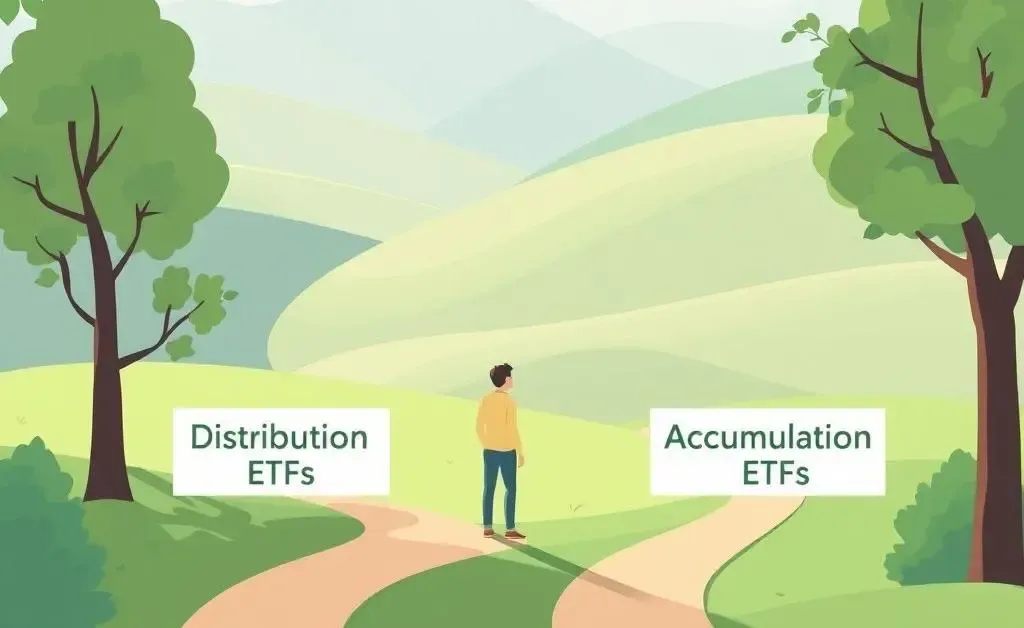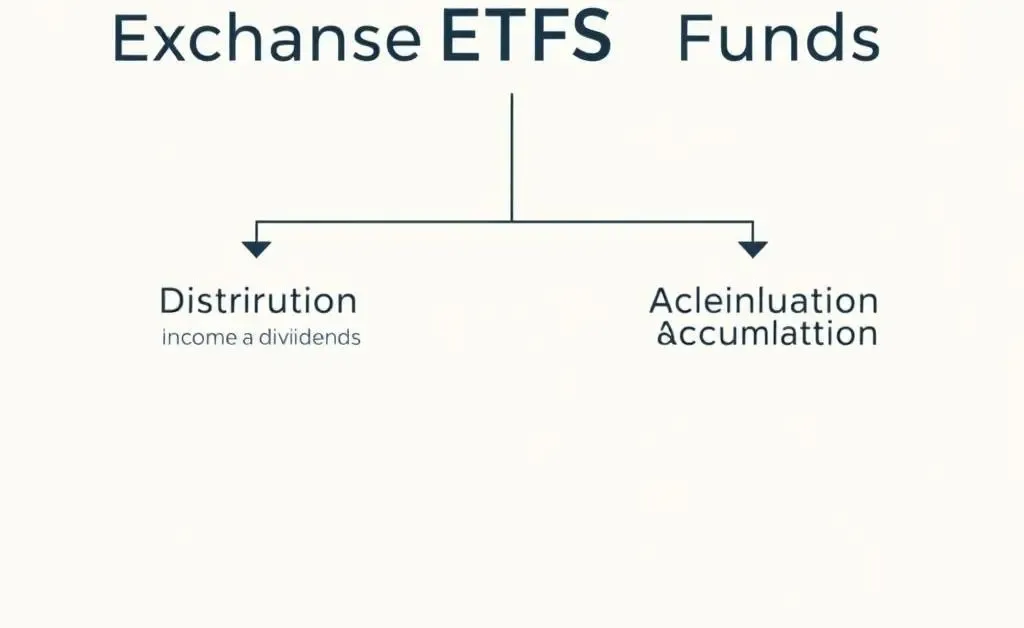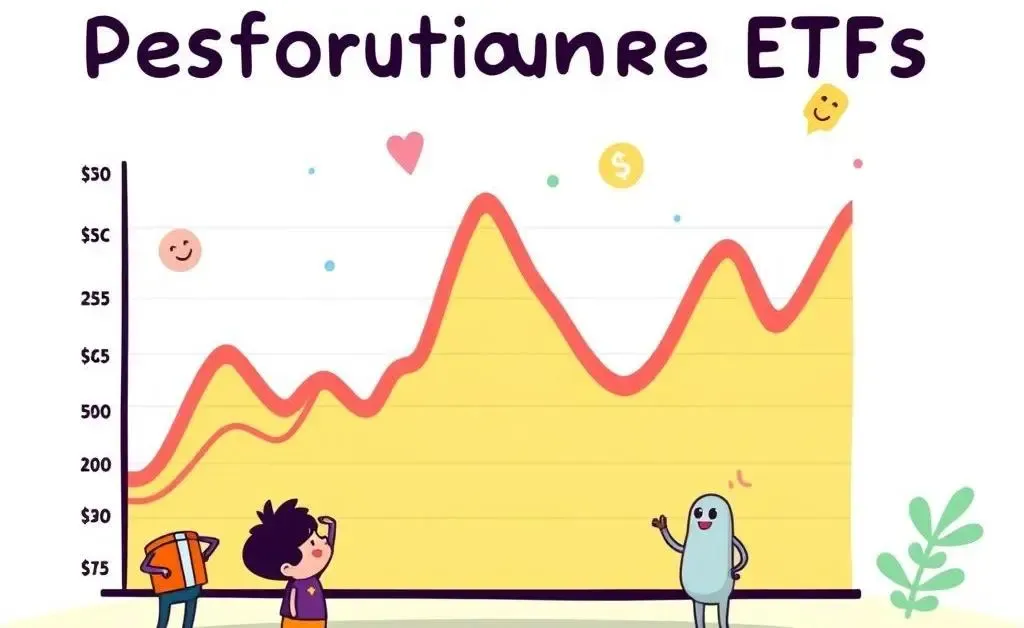Understanding Distribution and Accumulation ETFs: Which is Right for You?
Explore the nuances between distribution and accumulation ETFs to make informed investment decisions.

There’s something intriguing about diving into investment strategies. It’s like standing at a crossroads, weighing different paths, each with their promise and potential pitfalls. Among the many choices you'll encounter in your investment journey are distribution and accumulation ETFs. In this post, we'll digest what makes these two distinct and help you decide which path might suit you best.
What Are Distribution and Accumulation ETFs?
The primary keyword, ETF or Exchange-Traded Fund, functions like a mutual fund that trades on stock exchanges, offering versatility to your portfolio. The difference between distribution and accumulation ETFs is in how they handle income like dividends or interest.
Distribution ETFs do exactly what their name suggests: they distribute the earned dividends or interest to you, typically paid out at regular intervals. Accumulation ETFs, on the other hand, take that income and reinvest it back into the fund, enhancing the fund's value over time.

Why Choose Distribution ETFs?
Distribution ETFs are favored by those who appreciate the regular income stream. This can be particularly appealing if you’re crafting a retirement income strategy or prefer pocketing cash for immediate use or other investment opportunities.
- Cash Flow: Enjoy a steady income stream, which can be reinvested or used as supplementary income.
- Flexibility: Decide freely how to use the distributed dividends or interest.
The Case for Accumulation ETFs
Accumulation ETFs are often appealing to investors focusing on growth, as they automatically reinvest income to compound the investment's value—much like planting seeds to grow a forest.
- Compound Growth: Reinvested income accelerates the growth of your investment.
- Tax Efficiency: In many jurisdictions, not having to pay tax on reinvested dividends can be a plus.

Performance Comparisons
When comparing these ETFs, it's not uncommon to find similar past performances—albeit arriving there through different paths. Distribution ETFs will typically reflect a portfolio's income as added to your account, while accumulation ETFs work by quietly bolstering your fund’s value.

In the end, the choice between distribution and accumulation comes down to your personal financial goals, appetite for reinvestment, and cash flow needs. It’s a decision that blends the analytical with the personal—each as vital as the other.
Reflect on your long-term objectives and consider discussing with a financial advisor if you feel uncertain. Sometimes articulating your thoughts aloud simplifies the overwhelming options. Whichever path you choose, remember that you're crafting your unique financial future, step by step.




